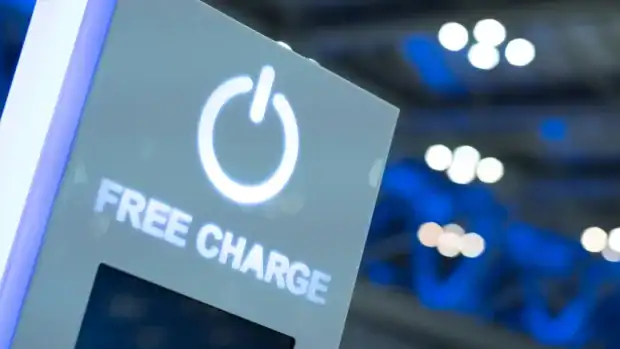In today’s always-connected world, running out of battery while traveling feels almost as stressful as losing a passport. Whether it’s navigating a new city, pulling up digital boarding passes, or staying in touch with loved ones, smartphones and tablets are essential travel companions. So when a public charging station presents itself—at an airport, train station, hotel lobby, or even a shopping mall—most travelers eagerly plug in without a second thought. But what seems like a simple act of convenience could expose you to a growing cyber threat: juice jacking.
Juice jacking is a form of cyberattack where malicious actors compromise USB charging stations to either steal data or install malware on your device. The attack takes advantage of the dual functionality of USB cables, which are designed to both charge and transfer data. When you plug your phone into a public USB port, you’re not just drawing power—you could also be unknowingly allowing data transfer, which hackers can exploit.
The threat became so real that in 2023, the FBI issued public warnings about the dangers of using free charging stations, urging travelers to carry their own charging accessories and to avoid unfamiliar USB ports.
Here’s how juice jacking works:
- A cybercriminal modifies a USB charging port or installs a malicious device behind a legitimate-looking charging kiosk.
- When a user plugs in their device, the compromised port either copies data (contacts, emails, photos) or silently installs malware.
- This malware can then track keystrokes, monitor app activity, or even transmit sensitive files—all without the user ever noticing.
For travelers, the implications are serious. Juice jacking can result in:
- Stolen credentials: Hackers can extract login information to access your email, social media, or banking apps.
- Location tracking: Malware can secretly monitor your location in real-time, putting your physical safety at risk.
- Corporate espionage: For business travelers, a compromised device could expose sensitive work data or client information.
- Long-term device compromise: Even after you’ve left the charging station, malware may continue to operate in the background, relaying information or allowing remote access to your device.
So how can travelers protect themselves?
1. Avoid Public USB Ports
The safest move is to avoid public USB charging stations entirely. These ports are often unsupervised and can be tampered with without detection.
2. Carry a Portable Power Bank
A portable power bank allows you to recharge your device safely anytime, anywhere. Make it a travel essential, just like your passport or boarding pass.
3. Use an AC Power Outlet with Your Charger
Traditional power outlets do not transmit data—only electricity. Use your own charger and plug it into a wall outlet whenever possible.
4. Use a USB Data Blocker (a “USB Condom”)
If you absolutely must use a USB port, use a data blocker device. This small adapter physically blocks data pins in the USB connector, allowing only power to flow through.
5. Enable Device Lock and Encryption
Even if your device is compromised, encryption and strong lock screen security can prevent hackers from easily accessing your data.
The bottom line: never trade convenience for cybersecurity. That free charge might cost you far more than a drained battery. By planning ahead and practicing good charging hygiene, you can power up safely and keep your personal and professional information secure throughout your travels.
–
Follow me on Instagram: @drericcole


